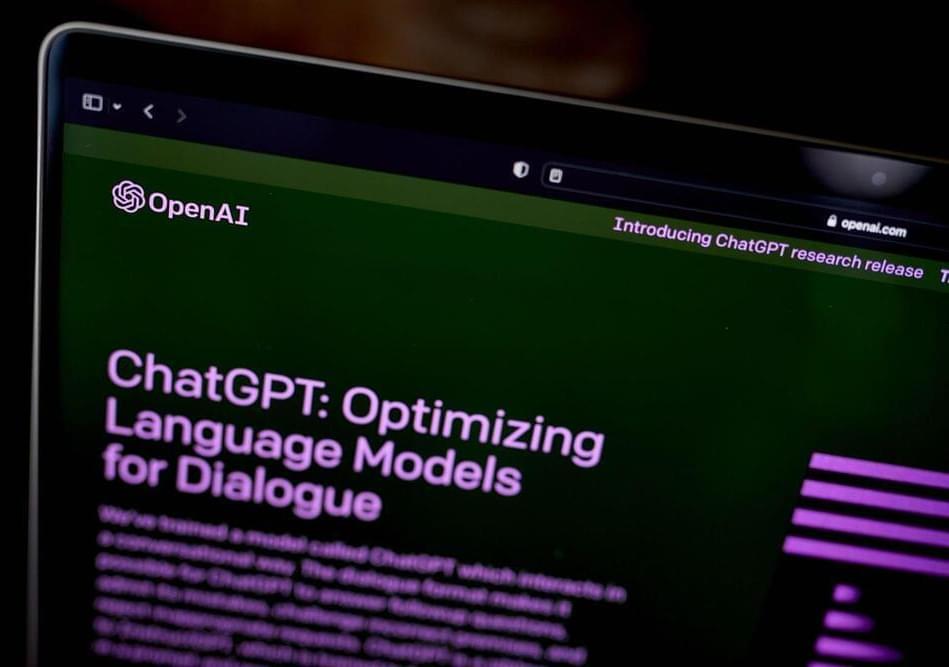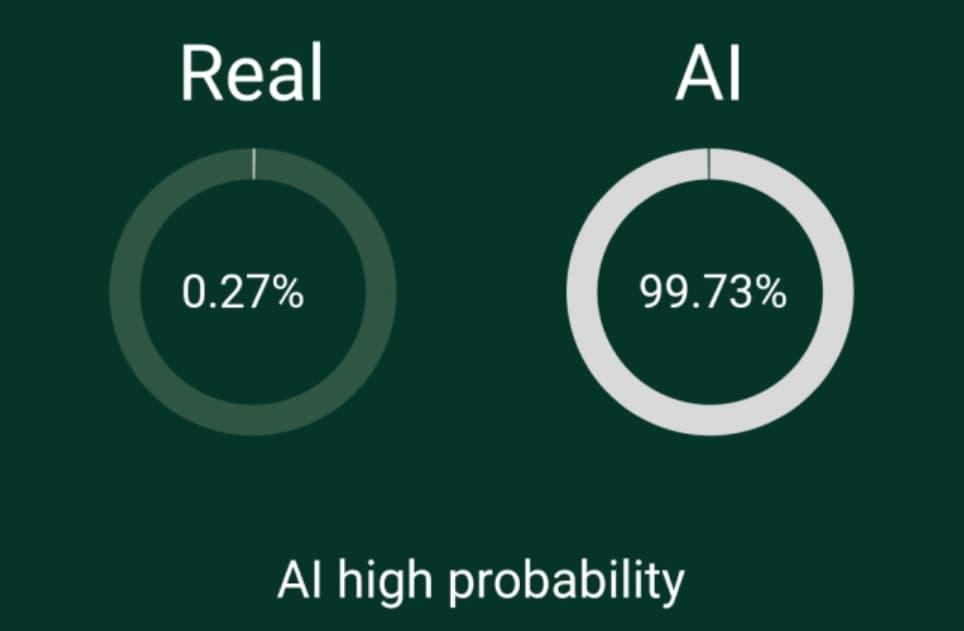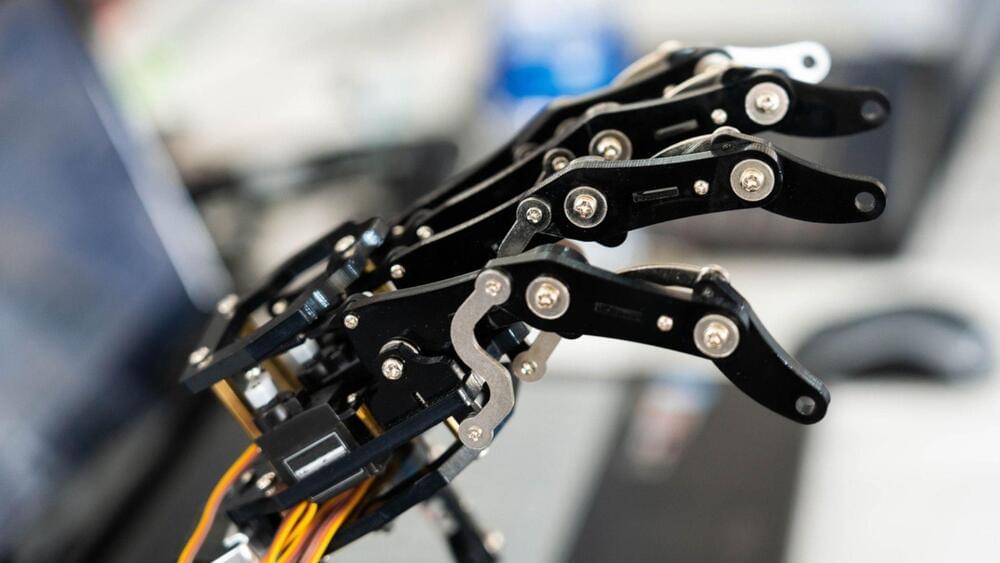Alphabet is likely to hear competition questions surrounding OpenAI’s ChatGPT when Google’s parent company releases Q4 earnings results.


OpenAI, the creator of the language tool ChatGPT and image generator Dall-E, could be facing some new, three-dimensional competition on the blockchain.
Polygon is working with Alethea AI to launch CharacterGPT, an artificial-intelligence-powered non-fungible token (NFT) project that describes itself as “the world’s first multimodal AI system.”
In an introductory video, the brand says users will be able to type in text to generate responsive characters with “unique personalities, identities, traits, voices, and bodies.” Users can mint the NFTs at mycharacter.ai.
At our StrictlyVC event a few nights ago, Altman was generous with his time, spending an hour with those gathered to talk about the latest at OpenAI (the hottest startup in the world at the moment), as well as answering questions about how his other investments fit into larger themes that he expects to play out — and in the not-distant future.
This is part one of that interview, focused on Altman’s investments, including in Helion Energy, a nuclear fusion company that Altman described at the event as “the other thing beside OpenAI that I spend a lot of time on.” We also talked Twitter, supersonic jets, making babies out of skin cells, and why he’s “not super interested” in crypto.
You can find the second part of our talk, focused on OpenAI, here: https://www.youtube.com/watch?v=ebjkD1Om4uw

OpenAI, which released the viral ChatGPT chatbot last year, unveiled a tool that’s intended to help show if text has been authored by an artificial intelligence program and passed off as human.
The tool will flag content written by OpenAI’s products as well as other AI authoring software. However, the company said “it still has a number of limitations — so it should be used as a complement to other methods of determining the source of text instead of being the primary decision-making tool.”

We’re launching a classifier trained to distinguish between AI-written and human-written text.
We’ve trained a classifier to distinguish between text written by a human and text written by AIs from a variety of providers. While it is impossible to reliably detect all AI-written text, we believe good classifiers can inform mitigations for false claims that AI-generated text was written by a human: for example, running automated misinformation campaigns, using AI tools for academic dishonesty, and positioning an AI chatbot as a human.
Our classifier is not fully reliable. In our evaluations on a “challenge set” of English texts, our classifier correctly identifies 26% of AI-written text (true positives) as “likely AI-written,” while incorrectly labeling human-written text as AI-written 9% of the time (false positives). Our classifier’s reliability typically improves as the length of the input text increases. Compared to our previously released classifier, this new classifier is significantly more reliable on text from more recent AI systems.

Stanford researchers created DetectGPT, a tool to help teachers and others identify content generated by ChatGPT and similar large language models (LLMs).
ChatGPT has been a topic of concern since the introduction of the chatbot. OpenAI, the maker of ChatGPT, after the controversy, confirmed that they are working on a tool to detect ChatGPT-generated content.
DetectGPT is a tool designed to detect ChatGPT content and other similar tools. Researchers found that text generated by ChatGPT LLMs “occupy negative curvature areas of the model’s log probability function.”


United States Marines outsmarted artificially intelligent (AI) security cameras by hiding in a cardboard box and standing behind trees.
Former Pentagon policy analyst Paul Scharre has recalled the story in his upcoming book Four Battlegrounds: Power in the Age of Artificial Intelligence.

It was one of the teachers of the school’s engineering program who suggested that their classmates could help him by developing a robotic hand.
15-year-old Tennessee boy Sergio Peralta now has a robotic hand, thanks to his classmates. A group of high school students designed a robotic hand for their newcomer.
“In the first days of school, I honestly felt like hiding my hand,” he said to CBS News.
Kool99/iStock.
As reported by CBS News, Sergio Peralta was born with an incompletely formed right hand. He developed writing skills with his left hand. He claimed he could manage practically all other jobs by developing strategies for everyday activities like carrying a water bottle from class to class.

By now you have probably heard about ChatGPT (and used it!). Even to those familiar with AI tools, ChatGPT generated a wow moment. Perhaps it is the sheer breadth of possible applications, the accessibility, or the ease of use. In any event, people are scrambling to figure out what it means for them and their businesses. There appear to be three main reactions to date — ignore, ban (with or without detection), or embrace. While completely understandable as short-term reactions, the first two are not intermediate or long-term practical. The technology is too powerful, too easy to use, and too helpful to too many people.
What does ChatGPT mean for how we consider human intelligence? The key to benefiting from these technologies is to better understand what humans are capable of.